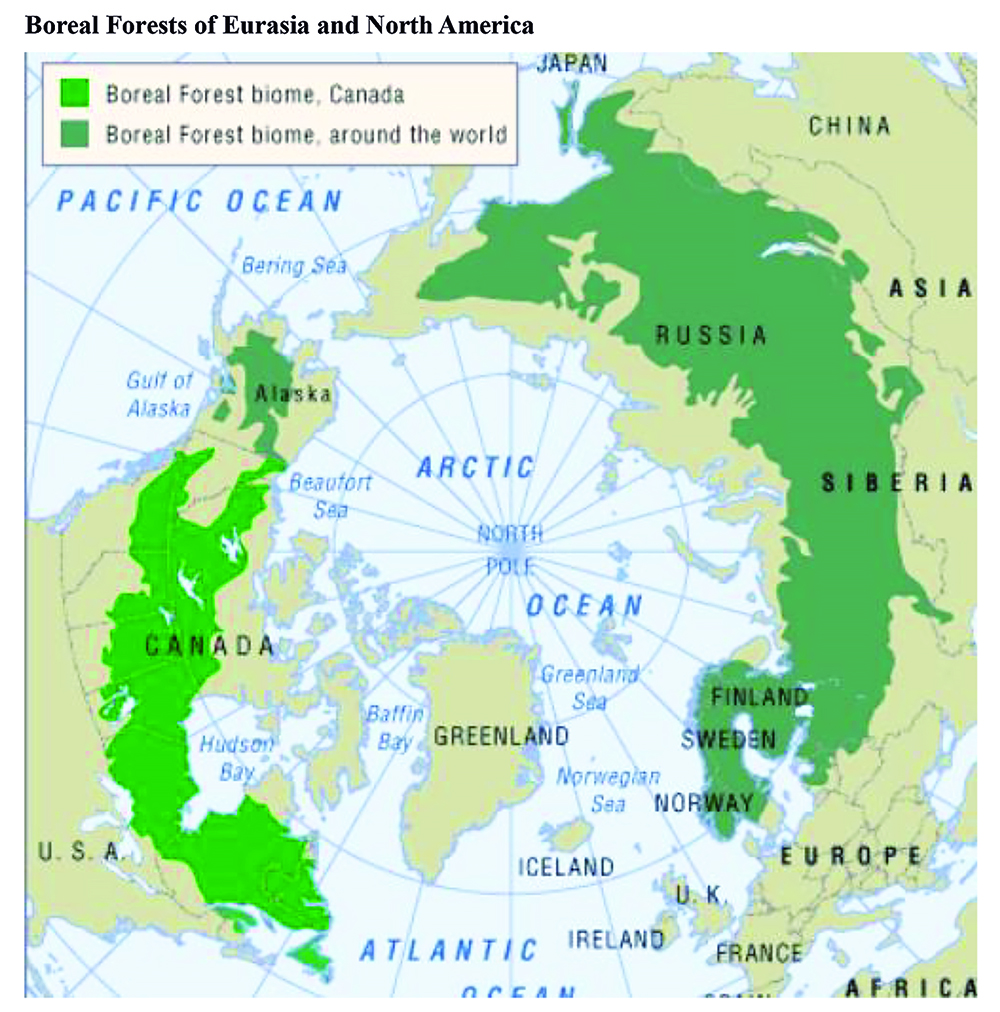Until recently climate denialists rejected global warming while lambasting climate scientists as alarmists and vilifying climate activists as doomsday cultists. However, as scientists’ predictions from decades ago are coming true and worse than predicted, denialists have changed tactics. Bjorn Lomborg (2023) showcases the new playbook.
Lomborg accepts climate change as real and recommends “cost-effective solutions” to increasing heat. It’s greenwashing, unfortunately, because he also tries to debunk climate science with misleading claims which he uses to reject “costly and ineffective” reductions in carbon emissions. He exploits NASA satellite data, in one debunking effort, to highlight a 25% decline in global wildfires from 1998 to 2015.
This claim is correct, but egregiously misleading. Wildfire trends have bifurcated with decreases in Africa and increases in the American West and the vast boreal forests. Declines in Africa, where the majority of (low impact) global fires occur, are due to changes in land use. In the past, African pastoralists set savannah lands on fire to improve grass yields for livestock. However, population growth required converting pasture to crop production. This shift to farming ended burnings of savannah just as farmer-settlers ended Native American burnings of the Illinois prairie. Land use change, not a lack of connection between global warming and wildfires, is the reason for the decline (Ramsayer 2017).
Lomborg admits to increasing fires in the West but identifies fire suppression as a major cause since this practice increases combustible undergrowth in forests. While true, far more important are rising temperatures, increasing drought, and heat-related outbreaks of tree-killing insects which have turned millions of now “red and dead” trees into matchsticks (Robbins 2010). These climate-driven changes are fueling larger, more frequent and intense fires. If fire suppression was the major problem, we would have witnessed large wildfires mid-20th century or before because fire suppression practices are more than a century old. Moreover, wildfires are now devastating high-mountain and remote boreal forests where fire suppression practices are rare or nonexistent.
Rising temperatures are passing thresholds where some trees (e.g., ponderosa pine, Douglas fir) can no longer reproduce in some areas where they were once dominant (Davis 2019; Robbins 2010). High-temperature fires can also destroy forest topsoil, thus undermining the ability of forests to recover. And increasingly large megafires “could drive some species out of existence, transform landscapes, and utterly remake ecosystems” (Anthes 2023). More worrisome is the fate of the boreal forests of Scandinavia, Siberia, Alaska, and Northern Canda. The largest forest ecosystem in the world, boreal forests contain one-third of land-sequestered carbon much of which is stored in soil which can be vaporized by inferno-like fires (Nikonovas & Doerr 203). Since the Artic has already warmed more than 2° Celsius, severe Artic heatwaves are becoming common and are triggering “catastrophic thaws” of permafrost which is a massive carbon sink (Natali et al. 2021). Moreover, thawing “is being intensified by the increasing frequency and severity of Arctic and boreal wildfires” with some of these fires too big to control. In 2023 many of these fires burned “wild and free” and released three times as much carbon as all of Canadian human activity (Cannon & Cecco 2023).
Lomborg, a Hoover Institution visiting fellow, proposes “cost-effective solutions” to global warming that will prove every bit effective as Hubert Hoover’s “cost-effective solutions” to the Great Depression.
References
Anthes, Emily. 2023 (Oct 15). How Megafires Are Remaking the World. New York Times; https://www.nytimes.com/2023/10/15/science/climate-wildfires-ecosystems.html
Cannon, Gabrielle & Leyland Cecco. 2023 (Jul 20). ‘It burns wild and free up there’: Canada fires force US crews to shift strategy. Guardian; https://www.theguardian.com/world/2023/jun/29/canada-wildfires-us-crews-shift-strategy
Davis, Kimberly T., et al. 2019 (Mar 26). Wildfires and climate change push low-elevation forests across a critical climate threshold for tree regeneration. Proceedings of the National Academy of Sciences (PNAS); https://www.pnas.org/doi/10.1073/pnas.1815107116
Lomberg, Bjorn. 2023 (Aug 25). Fear-mongering over forest fires and climate change isn’t rooted in reality. National Post; https://nationalpost.com/opinion/fear-mongering-over-forest-fires-and-climate-change-isnt-rooted-in-reality
Natali, Susan M., et al. 2021 (May 17). Permafrost carbon feedbacks threaten global climate goals. PNAS; https://www.pnas.org/doi/10.1073/pnas.2100163118
Nikonovas, Tadas & Stefan H. Doerr. 2023 (Mar 6). Extreme wildfires are turning the world’s largest forest ecosystem from carbon sink into net-emitter. Phys.org; https://phys.org/news/2023-03-extreme-wildfires-world-largest-forest.html
Ramsayer, Kate. 2017 (Jun 30) Researchers Detect a Global Drop in Fires. NASA; https://earthobservatory.nasa.gov/images/90493/researchers-detect-a-global-drop-in-fires
Robbins, Tim. 2010 (Mar 15). What’s Killing the Great Forests of the American West? Yale Environment 360; https://e360.yale.edu/features/whats_killing_the_great_forests_of_the_american_west


